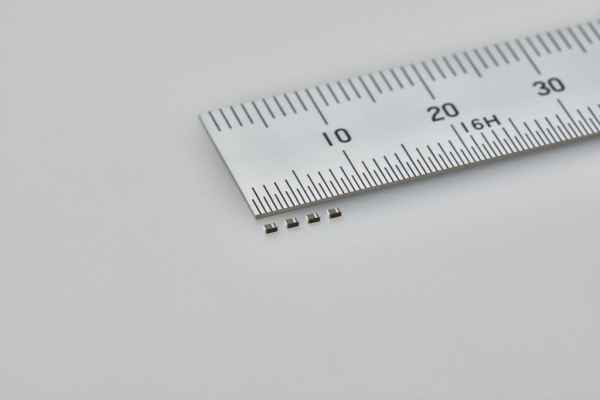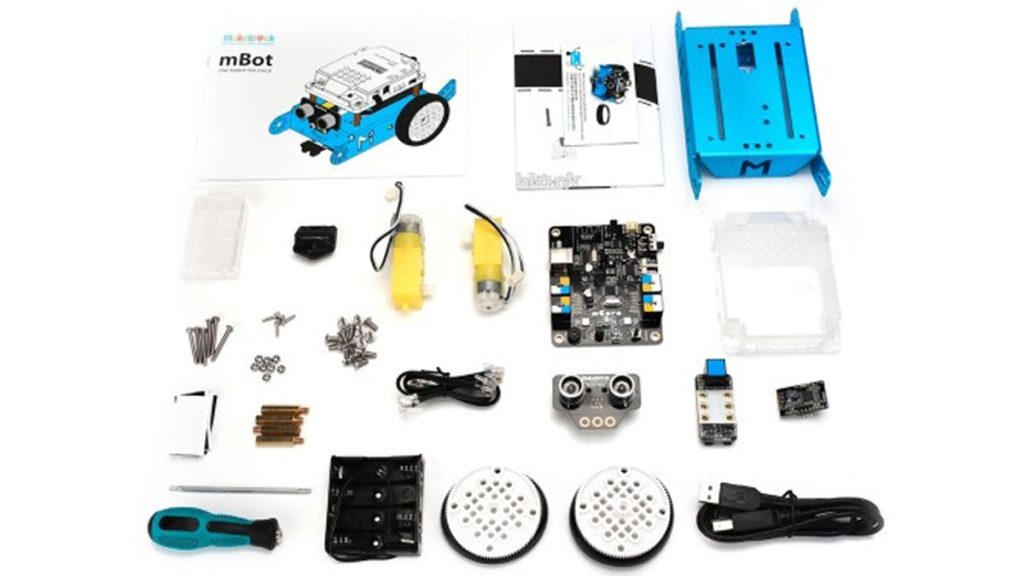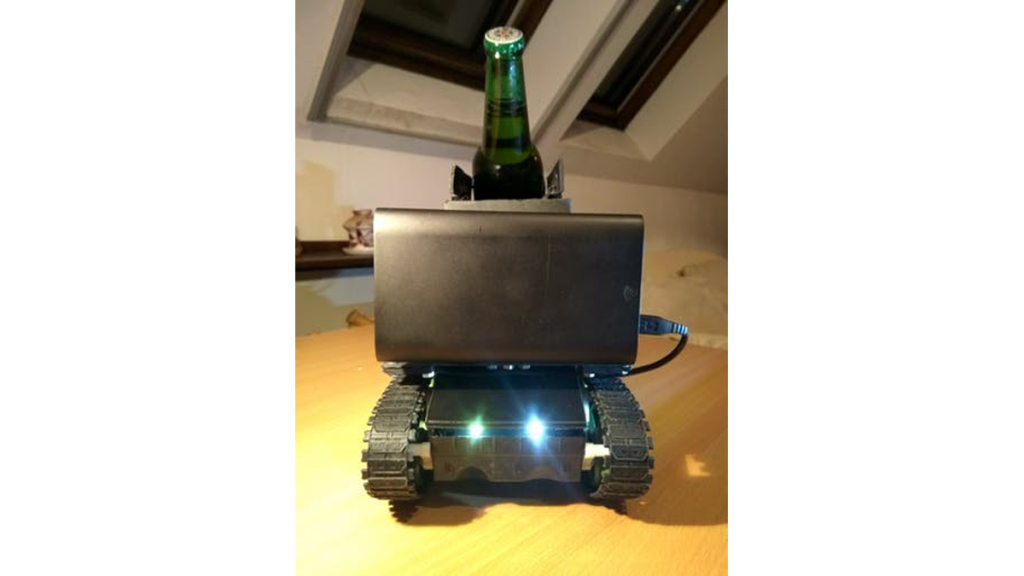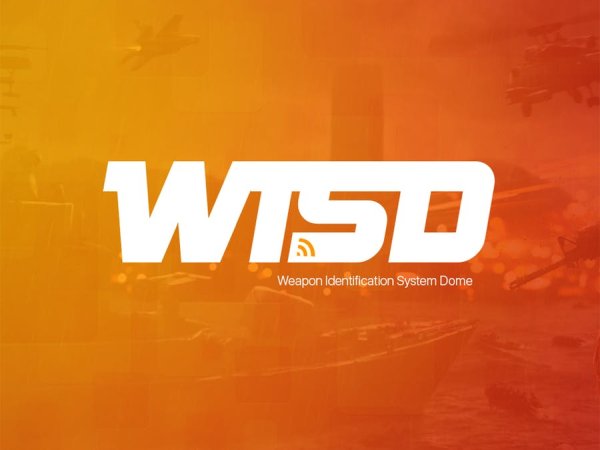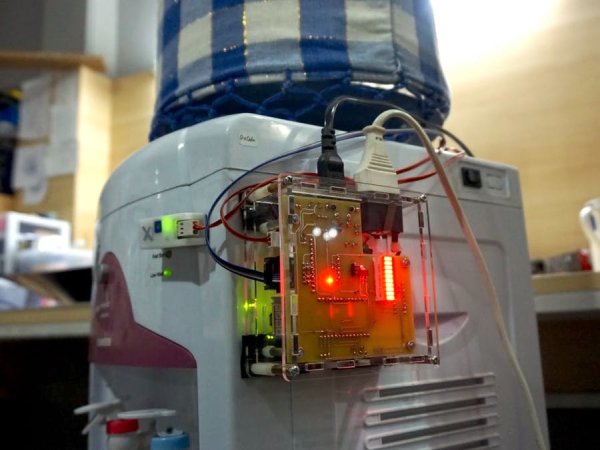Inside Intel’s first product: the 3101 RAM chip held just 64 bits
Intel’s first product was not a processor, but a memory chip: the 31011 RAM chip, released in April 1969. This chip held just 64 bits of data (equivalent to 8 letters or 16 digits) and had the steep price tag of $99.50.2 The chip’s capacity was way too small to replace core memory, the dominant […]
Inside Intel’s first product: the 3101 RAM chip held just 64 bits Continue Reading



